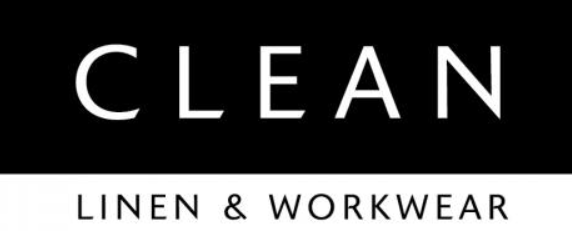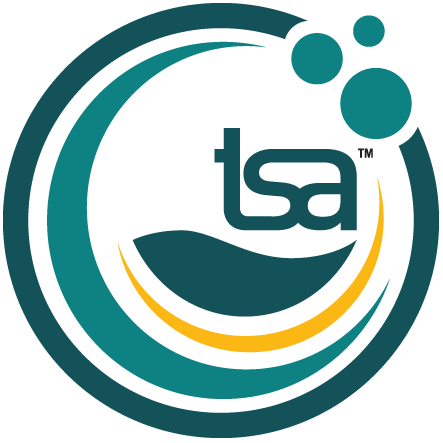Management of thermal energy within a large industrial laundry service
CLEAN Linen Services, in association with the Textile Services Association would like to find innovative solutions which can help them to manage their thermal energy needs throughout their industrial laundry process within their premises in Slough. This could include heat harvesting. The process includes the washing, drying and ironing of the linens, which are currently isolated processes, as well as improving the thermal comfort for the staff working in the factory.
Opportunity
Challenge opens
31/10/2025
Challenge closes
31/12/2025
Benefit
CLEAN Linen Services, in association with the Textiles Services Association invites solutions which can address the challenge of managing their thermal energy needs (heating and cooling) throughout their laundry process. Selected solution(s), where possible, will be trialled at their factory in Slough, with the possibility of further adoption upon successful trials across the CLEAN sites.
Background
CLEAN Linen Services are a leading Industrial laundry company in the UK, specialising in providing high quality linen rental and laundry services for the hospitality sector. For this challenge they are working in association with the Textiles Services Association to tackle industrial decarbonisation within their factories and the laundry services sector.
This challenge focuses on CLEAN’s industrial laundry services site in Slough. Here they process 65,000 kgs of linen (600 cages) a day. The process includes the sorting, washing, drying and ironing of hotel linen, operating between 18-20 hours per day(with additional hours for overnight maintenance).
The industrial process has a high demand for hot water (washing 40- 60C) and steam for drying and ironing. The work environment within the factory also suffers from too much heat, particularly on the higher level (average temperature within the space 35C) The factory requires cooling to improve the comfort for the staff. Better management of the thermal energy across the system is needed to solve this challenge.
The site uses high temperature steam (160-170C, 12 bar)generated from gas boilers which are in a separate boiler room.The steam is transported from the boiler, through a heat network to deliver the heat to the various parts of the laundry process.The gas boilers have an Air Pre- Heating System (APH) and a wet economizer and O2 trim system built in which promotes more efficient combustion and lowers energy consumption and emissions. Heat exchangers are used in several locations to transfer the heat to the individual parts of the laundry process.
CLEAN Linen Services have put in several heat recovery units to try and pass the high temperature back to accelerate the warming of fresh water or make an operation independent of the boiler heated system.
They have already taken several steps to reduce their carbon footprint with the use of heat recovery in key areas and where the amount of heat contributes to getting the right working conditions for the operations, example is as above where one operation can be used through the surplus heat to heat another operation without interference from the main heating system.
The generation and use of steam and hot water across the building means that the plant is constantly being heated to high temperatures which can become uncomfortable on hot days for the employees. The ground floor can manage with the residual heat from the various parts of the warm processes, but the upper floor suffers from high temperatures, especially in the summer months where it can easily rise above 35C.
The workers on the upper floor are sorting laundry ready for bagging and dropping into the washing machines which is a physical process.
The upper floor has some pumped cool air but requires amore effective way to make working conditions more comfortable. Capturing the heat from environment on the upper floor would also be an advantage.
CLEAN Linen Services have invested in decarbonising their laundry process, including the installation of solar panels on the roof, energy efficient variable speed motors on their equipment and LED lightning.The energy audits have been very successful with minor suggestions from the auditors rather than a long list of potential savings ideas.
They are now looking for solutions which can further reduce the waste heat from the laundry process and address the cooling challenge at the site.
This challenge is brought to you by:



